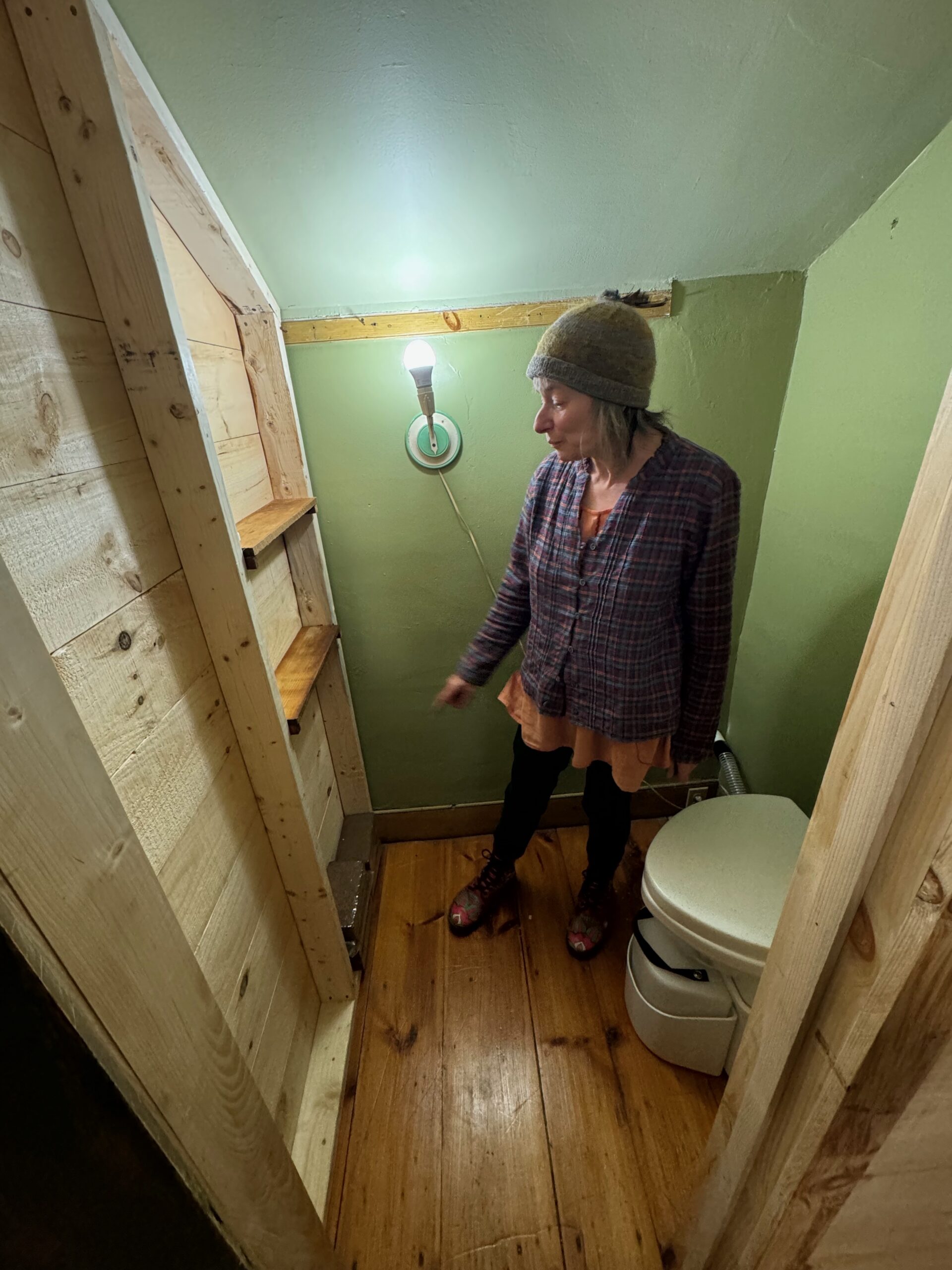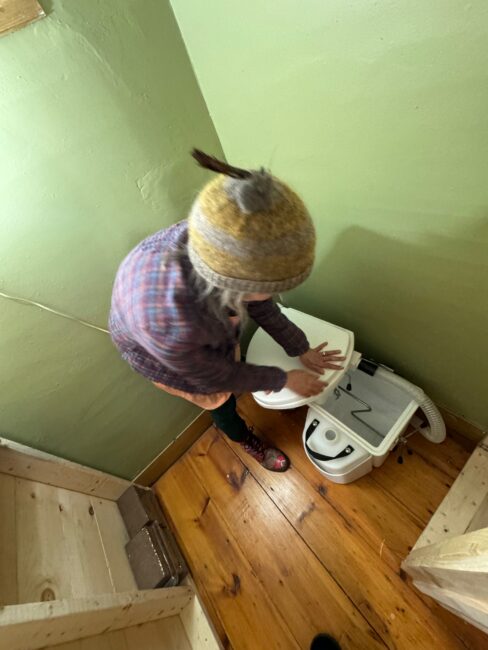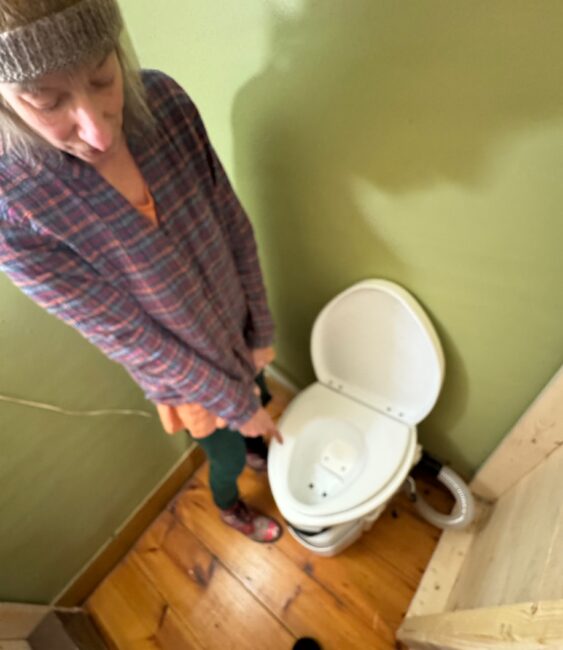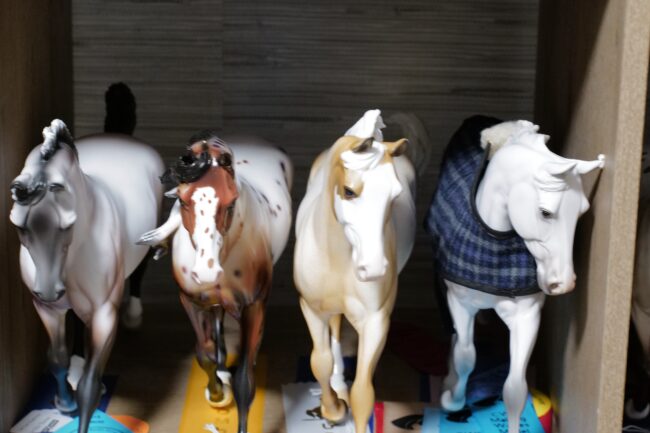I’m learning that sometimes my vocation isn’t the work I do; it’s what I do after work.
This is how my photography began; after my writing and blogging, I went outside with my camera and realized how much I loved what I was doing.
Some stranger – his name was Ralph Poulfer – chastised me yesterday in a message for spending money on my photography and trying to get new or affordable lenses or cameras all the time.
He asked a question I sometimes am asked: Why can’t I just be happy with what I have? Why have I always wanted to be better?
“All you do is want to buy things!” wrote Ralph. “I wish you could learn to be satisfied with what you have instead of always wanting something else. It’s sad. Do you NEED another camera to be happy?”
Ralph, it’s an important question you’re asking. I don’t write this to shame you but to answer your question in the open.
My honest answer is that I hope I am never satisfied with my work and be happy with myself, even though I have to say I’m pretty excited otherwise these days, which you would know if you knew me.
I always want to be better. I believe it’s essential for my age, my health, my work. And above all, my happiness.
Thanks for worrying about me.
One thing doesn’t exclude the other. I find happiness in too many things to mention.
I’ve been very good at searching for bargains for the necessary tools. That makes me very happy.
I think I inherited this (to me) drive and determination from my mother. And the answer to your question is easy: it makes me better.
My mother always wanted more, fought to improve, and never gave up on her true self, even as the world around her did.
The men in her life, including her husband, always found a way to block or undermine her.
She once asked me to promise I wouldn’t let that happen. I have kept my promise, Mom, and I will continue to do so. I married someone who supports me, something you never had, and she is one of the primary reasons I am so happy now.
And I will never do to her what my father did to her.
The man who wrote me that message doesn’t know what a vocation is, and I’m afraid I’m not the one to tell him.
You either feel it, or you don’t. I’m so glad he wasn’t my father; I hope he is nobody’s father, although mine didn’t approve of me much either.
A vocation might be a friend who paints toy horses at night and in her spare time or a violinist in the local symphony who runs the family pizza parlor during the day. I used to think what I loved was a waste of time and wasn’t real work. I was so wrong.
I think it was Thomas Merton who set me straight: “Discovering vocation does not mean scrambling toward some prize just beyond my reach but accepting the treasure of true self I already possess.”
It’s a powerful idea for me. Photography is the treasure of my true self; so is writing, and together, both are my vocation.
Our American culture and the modern world seem to have lost sight of what it means to “have a vocation” and persuaded most of us to get a job instead and make a lot of money.
There is usually a lot more money in jobs.
I think nothing is sadder to me than reducing what I love to be paid to do or working only for money. To me, that is just a corporate way of enslaving people.
Money is important. I need to make money like everyone else, but I also need to have joy in my life and to do the things that bring that. When money is all that matters, life turns gray and empty for me.
Some people will never understand that; it goes against their DNA, and some enrich their lives by finding love and making time to do it.














